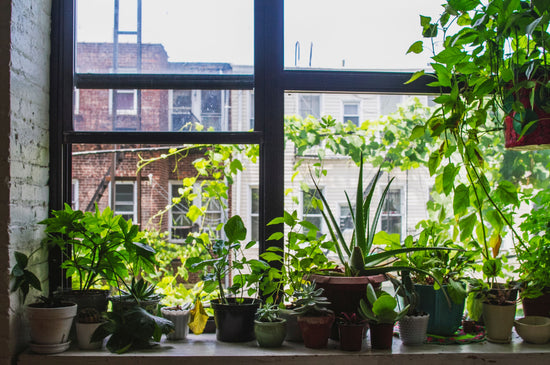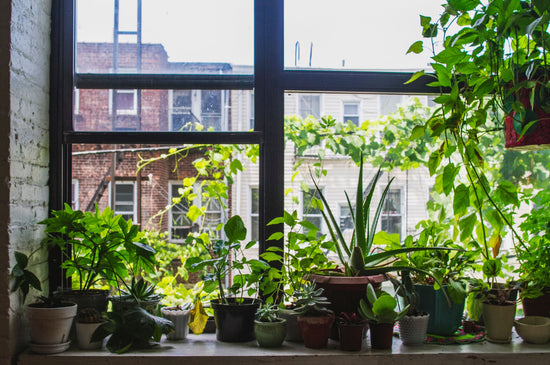If plants could be besties, Peperomia would be that friend who’s always a joy to have around. Easygoing, adaptable, and downright gorgeous, the Peperomia plant has stolen the hearts of indoor gardeners everywhere. Whether you’re a seasoned green thumb or just getting started, learning to care for Peperomia is like picking up a new hobby with an old friend—fun, rewarding, and not too complicated. So, grab your favorite mug of tea and let’s dive into the wonderful world of Peperomia care!

Meet the Peperomia Family
First things first: Peperomia is not just one plant but a fabulous family of over 1,000 species! From the striking Peperomia obtusifolia (baby rubber plant) to the whimsical watermelon peperomia (hello, watermelon vibes!), there’s a Peperomia for every taste. These beauties, often referred to as “friendship plants,” are perfect for adding a touch of greenery to your home without a ton of upkeep.
A few fan favorites include:
-
Peperomia obtusifolia plant: A glossy-leaved gem that’s practically indestructible.
-
Watermelon peperomia (Peperomia argyreia): With leaves resembling watermelon rinds, this one’s a conversation starter.
-
Emerald ripple peperomia (Peperomia caperata): A textured beauty that brings depth to any plant collection.
-
String of turtles plant: Tiny leaves that look like turtle shells? Yes, please!
Curious about these varieties? Check out our Peperomia collection for more inspiration!
How Big Do Peperomias Grow?
Peperomia plants are the Goldilocks of the indoor plant world—not too big, not too small, but just right. Most varieties grow to a manageable height of 6-12 inches, making them perfect for desks, shelves, or small spaces.
If you’re working with trailing varieties like the string of turtles, expect cascading vines up to 12-18 inches long. Meanwhile, compact options like caperata peperomia stay small and tidy. Think of them as the perfect housemates—low-maintenance and always looking good!

Peperomia Care: The Basics
Caring for Peperomia is as easy as pie (or maybe easier if baking isn’t your thing). These plants are forgiving and adaptable, but a little TLC goes a long way. Let’s break it down:
1. Light
Peperomias thrive in bright, indirect light but can tolerate low light. Think of them as that friend who’s happy to hang out in the cozy corner of your living room but wouldn’t mind a sunny windowsill, either. Avoid direct sunlight—it’s like too much screen time for these green beauties.
2. Water
When it comes to watering, less is more. Allow the top inch of soil to dry out between waterings. Overwatering is the kryptonite of the Peperomia plant, so keep it light and breezy. If you’re unsure, err on the side of underwatering—they’ll forgive you.
3. Humidity and Temperature
Peperomias are tropical plants, so they’ll appreciate a bit of humidity. Got a steamy bathroom? Perfect! If not, a small humidifier or grouping plants together can do the trick. Aim for temperatures between 65-80°F—they’re not fans of the cold.
4. Soil and Fertilizer
Use well-draining soil and consider a pot with drainage holes to prevent soggy roots. Fertilize monthly during the growing season (spring and summer) with a balanced houseplant fertilizer. Your Peperomia will reward you with vibrant growth.
Fun Tips and Tricks
-
Rotate your plant occasionally to ensure even growth.
-
Dust the leaves gently with a damp cloth to keep them clean and happy.
-
Want to propagate? Snip a healthy stem, pop it in water or soil, and watch the magic happen.

FAQs: All Your Peperomia Questions Answered
Q: Can Peperomias grow in low light? A: Yes! While they prefer bright, indirect light, Peperomias can tolerate low-light conditions. Just don’t leave them in complete darkness—even they need some sunshine love.
Q: How often should I water my Peperomia plant? A: Water every 1-2 weeks, allowing the top inch of soil to dry out in between. Frequency may vary depending on the season and your home’s humidity.
Q: What’s the best Peperomia for beginners? A: The Peperomia obtusifolia is a great choice. It’s hardy, forgiving, and oh-so-pretty.
Q: Can I grow Peperomia in a terrarium? A: Absolutely! Compact varieties like emerald ripple peperomia or caperata peperomia are perfect for terrariums.
Q: Why are the leaves on my watermelon peperomia curling? A: Leaf curling is often a sign of inconsistent watering. Check your watering routine and adjust as needed.
Ready to add a Peperomia to your collection? You’re just a click away from finding your perfect match at Wekiva Foliage. You’ve got this! Your indoor garden dreams are just a plant away.





